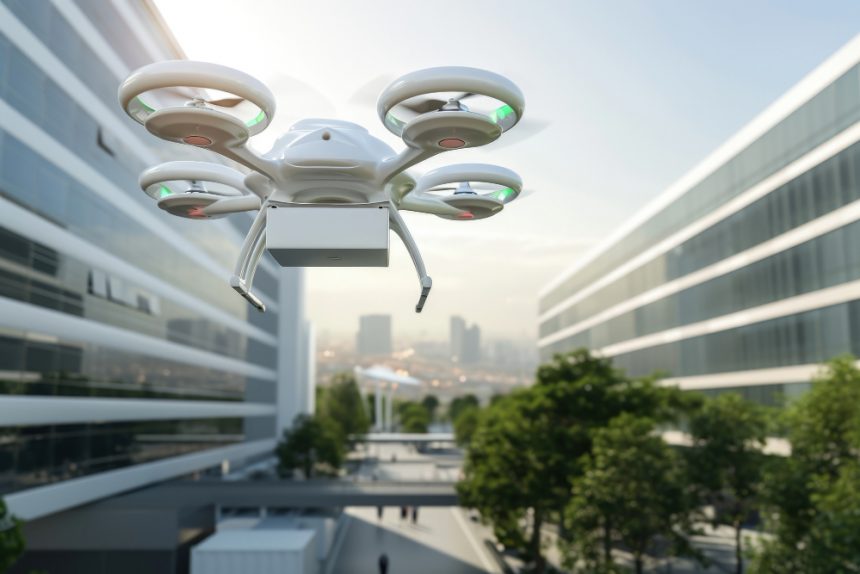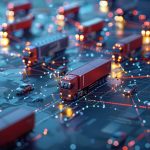Understanding the Integral Functionality of Sensors in Smart City Ecosystems: How They Collect, Process, and Transmit Data to Enhance Urban Life
In today’s rapidly urbanizing world, cities are becoming smarter—more efficient, sustainable, and responsive—thanks to a pivotal technological driving force: sensors. These small yet powerful devices act as the nervous system of modern urban environments, silently collecting crucial data from various facets of city life. Whether embedded in traffic lights, environmental stations, transportation networks, or energy grids, sensors serve as the eyes and ears that continuously monitor and relay information about the city’s operational health.
The core functionality of sensors in smart cities hinges on their ability to gather real-time data with remarkable precision. They continuously track a multitude of metrics — air and water quality, noise levels, foot traffic, vehicle movement, temperature variations, and resource consumption — providing a comprehensive picture of urban dynamics. This influx of details enables city authorities and service providers to understand underlying patterns, identify issues early, and make better-informed decisions.
However, collecting data is only the initial step. The raw information captured by sensors needs to be processed, analyzed, and interpreted. Here, sophisticated algorithms, machine learning models, and data analytics tools come into play, transforming raw signals into insights that can fuel proactive actions. For example, analyzing traffic flow data can optimize signal timings to alleviate congestion, while air quality readings guide policies to curb pollution sources. This process of data processing turns a vast ocean of information into actionable intelligence that helps improve urban planning and public services.
The transmission of data from sensors to centralized control systems relies on robust communication networks—such as 5G, fiber optics, or dedicated IoT networks—ensuring seamless, real-time connectivity. These networks form a resilient web that links sensors across the city, creating an interconnected urban fabric where data-driven insights can be acted upon almost instantly. This interconnectedness not only enhances operational efficiency but also fosters innovative applications—like smart parking, efficient waste management, and intelligent energy distribution—that empower city agencies, private companies, and residents alike.
As the scope of sensor deployment expands, several challenges surface. Ensuring the security of sensitive data against cyber threats, maintaining interoperability among a diverse array of devices, and managing the colossal volume of information generated are critical issues demanding diligent attention. Moreover, addressing privacy concerns and ensuring equitable access to the benefits of sensor-enabled services are vital to create inclusive urban environments. Despite these hurdles, the strategic integration of sensors is transforming urban living, making cities more sustainable, efficient, and responsive to the needs of their inhabitants.
The Future Outlook of Sensor Technologies in Shaping Sustainable, Resilient, and Connected Urban Environments: Challenges, Innovations, and the Path Towards Fully Integrated Smart Cities
Looking forward, the potential of sensor technology to shape the cities of tomorrow is immense. Innovations are constantly emerging, promising to eliminate current limitations and open new frontiers in urban management. Advances like enhanced sensor sensitivity, miniaturization, and energy-harvesting techniques are paving the way for pervasive deployment of maintenance-free sensors, which can operate sustainably over long periods without frequent intervention.
More sophisticated sensor fusion—integrating data from multiple sources such as cameras, environmental sensors, and mobile devices—offers a holistic understanding of urban phenomena, enabling more accurate forecasting and smarter responses. Coupled with the integration of artificial intelligence directly within sensor networks, these developments can facilitate real-time autonomous decision-making. For instance, AI-enabled sensors could dynamically adjust traffic signals based on live congestion patterns or activate emergency protocols during accidents or natural disasters without human intervention.
However, numerous challenges remain on this road. Data privacy and cybersecurity are top concerns, demanding resilient architectures and strict standards to safeguard sensitive information and infrastructure. Interoperability issues—stemming from the diversity of devices, protocols, and platforms—must be addressed through universal standards and open system frameworks to ensure seamless communication. Additionally, equity issues must be prioritized: making sure that sensor-driven benefits reach all socio-economic groups to foster inclusive urban growth.
Achieving successful integration also involves aligning policy strategies with technological innovations, fostering stakeholder collaboration, and encouraging public engagement. These efforts must aim for a future in which smart sensors not only optimize operational efficiency but also promote sustainability, resilience, and social equity.
Ultimately, the pathway towards fully embedded, intelligent urban ecosystems hinges on continuous innovation, robust governance, and inclusive approaches. When effectively harnessed, sensor technologies will not only make cities smarter but also more adaptable and sustainable—creating vibrant urban habitats that enhance quality of life today and for generations to come. Through these advances, we can look forward to a future where the urban experience is seamlessly tuned to meet the complex demands of modern living, driven by the silent but mighty force of sensors.








